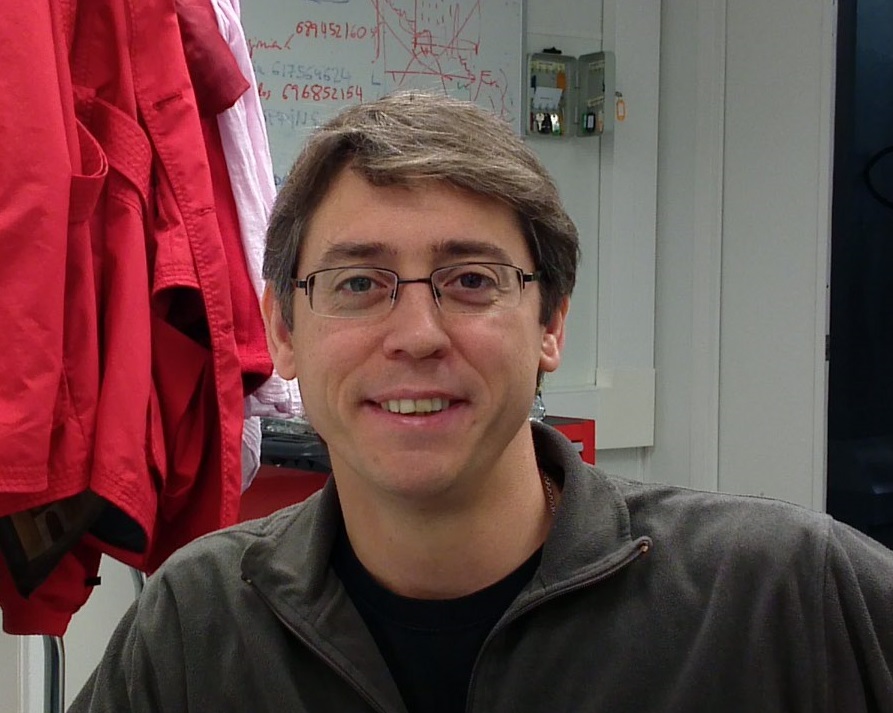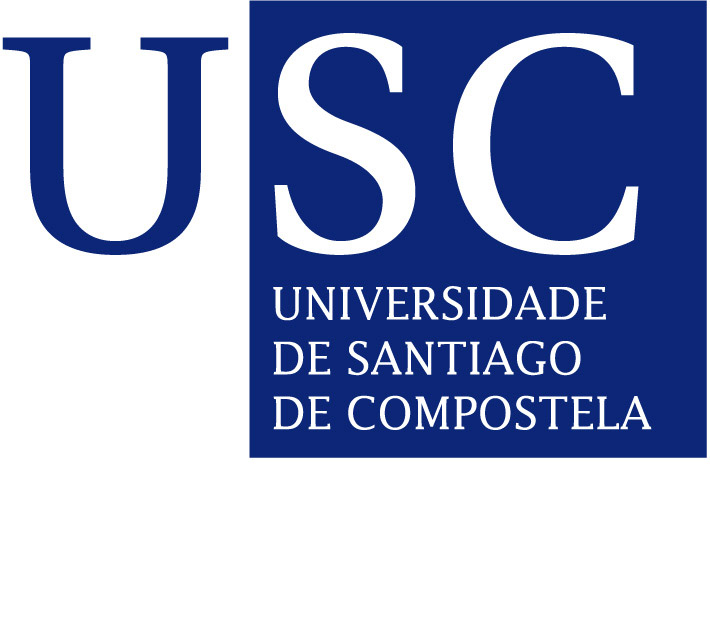Lecture: «Selected molecules for engineering the coupling of quantum dot arrays and synthesizing polymeric chains on surfaces»

Prof. Jorge Lobo-Checa (Instituto de Ciencia de Materiales de Aragón ICMA, CSIC-Univ. Zaragoza)
CiQUS Seminar Room - 12:15 h.
 Since the advent of supramolecular chemistry, molecular precursors are recurrently used to generate selective nanostructures on surfaces. These self-assembled systems often lack their counterpart in "traditional" synthetic chemistry. In particular, they are obtained under ultra-high-vacuum (UHV) conditions and exhibit unprecedented physical and chemical properties that are the result of careful selection of substrate and molecular precursors.
Since the advent of supramolecular chemistry, molecular precursors are recurrently used to generate selective nanostructures on surfaces. These self-assembled systems often lack their counterpart in "traditional" synthetic chemistry. In particular, they are obtained under ultra-high-vacuum (UHV) conditions and exhibit unprecedented physical and chemical properties that are the result of careful selection of substrate and molecular precursors.
In the first part of this talk, Prof. Jorge Lobo-Checa will show that it is possible to obtain well-defined nanoporous networks, which can be viewed as Quantum dot (QD) arrays on surfaces. These are used for studying fundamental physical phenomena such as confinement through the scattering of two-dimensional electron gases (2DEGs). Indeed, confinement tunability has already been accomplished by varying the pore (i.e. quantum dot) dimensions, geometrical shape and molecule substrate interactions. In addition, inter-dot coupling has been shown by photoemission through the generation of new dispersive bands.
Prof. Lobo-Checa will show that also the barrier width can be precisely engineered by substitution of a single atom in a haloaromatic compound. As a result, we can tune the confinement properties at each nanopore affecting the degree of QD intercoupling both on bulk and thin Ag filmsalike. In a second part, he will discuss the Ullmann reaction occurring on "dry" surfaces. This recently established bottom-up synthesis method uses molecular precursors as building blocks to generate graphene nanoribbons (GNRs)
with atomic precision.
Here, using a molecular precursor-based methodology, we generate polymers that bear well-defined electronic properties and exhibit energy gap openings, essential in the fabrication of devices. We show it is possible to align these chains, selectively fuse them by the right choice of substrate, intrinsically dope them or even grow them on oxide substrates.


